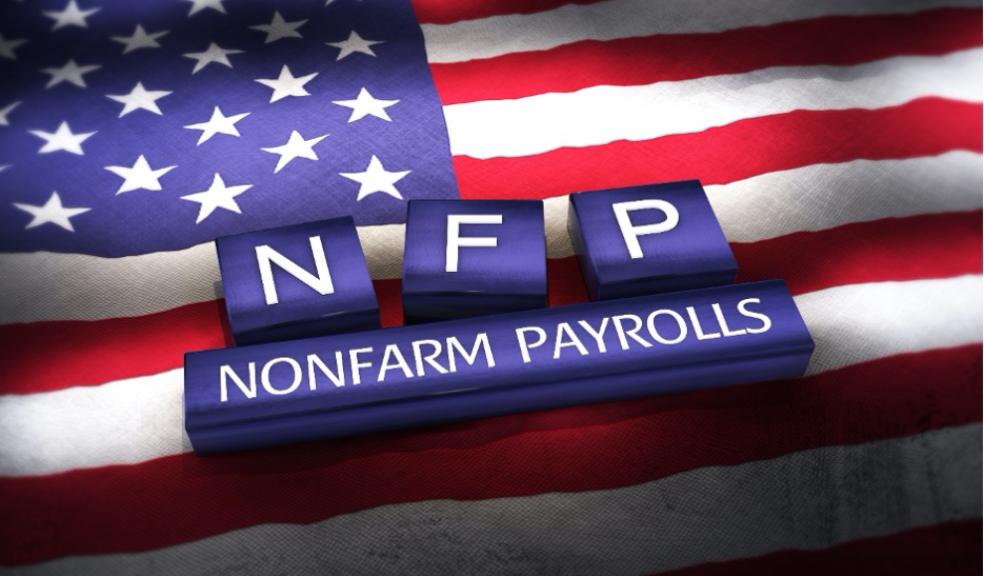
Non-Farm Payrolls: How do they affect the economy?
The release of the Non-Farm Payroll report is possibly one of the most important dates in the economic and financial calendar. The report on the number of Non-Farm Payrolls is important to analyse the US economy in terms of economic growth and inflation, as well as the direction of the labour force having a direct impact on the stock and financial markets, share prices, the value of the US dollar and the price of gold. All of which then has a resounding effect across the global market as a whole.
So, what are Non-Farm Payrolls? Non-Farm Payrolls means the population of workforce employed in construction, manufacturing and goods. It does not include those who work on farms, as the name implies. It also excludes workers in private households, those employed by the US government and non-profit workers.
What are the Non-Farm Payroll report dates? The report, measured by the US Bureau of Labor Statistics (BLS), is released on the first Friday of each month by the US Department of Labor, and is sometimes known as the ‘Employment Situation’ report. The BLS surveys private companies and government entities in the US to conclude data about their payrolls. This information is then released to the public, mainly to show the number of jobs gained or lost in the US economy over the last month.
The most recent report was released on 6 November 2020, referring to the previous month. The next Non-Farm Payroll report is expected to be released by the Department of Labor on 4 December 2020 with reference to the month of November. As the US is one of the biggest economies, the indication of how US business and employment is performing, can help understand the trends of the market and interest rates in the coming future, as well as these interest rates having a direct impact on the movements of forex, stocks and commodities. After the release of the report, there is usually a fluctuation of values and volatility in the market.
Investors can use the Non-Farm Payroll report as an indicator to predict and identify market reactions and economy growth or recession. The data and statistics of the Non-Farm Payrolls report also shows the expansion or retraction of jobs in certain sectors within the economy, which can affect the decision to invest in stocks and shares in that particular area.
Investors are likely to trade on the expected market reaction to the release of the most recent data, with CFD Trading and leverage. But what is CFD trading? CFD Trading works differently to traditional investments, and allows traders and investors to buy a number of CFD contracts, often called units, if they expect the price of an asset to rise in that market, and sell them when prices are expected to fall. When the Non-Farm Payroll statistics are released, on the rise and fall of the prices of the assets that will be affected by this data, CFD trading allows investors to speculate on stock investment.
The Non-Farm Payroll data, in terms of job retention, is important to understand and predict the likely rates of economic growth and inflation, and its effects on the market. If the number of Non-Farm Payrolls has increased, this is an indication that there is strong employment therefore a sign that the economy is growing and that businesses are doing well. Likewise, a decrease in the numbers employed on Non-Farm Payrolls can shape the growth of inflation, which can be seen as a negative impact on the economy.
When it comes to the financial market, the forex market will adjust the prices and exchange rates accordingly. A healthy growing economy will help the rise of the price of the US dollar. For the commodities market, if the US economy seems to be performing poorly, traders and investors may turn to something more secure, such as gold and silver. Some investors will be partaking in CFD trading, based on the speculations of price movements of these assets as a result of this public data and its effect on these markets. This means they can take a position on falling prices as well as rising, and can sell units and profit when prices fall.











